Bentley Priory
When the Germans defeated France in June 1940, Hitler expected Britain to seek peace, but that didn’t happen. Although some British political circles discussed the possibilities of peace negotiations via Italy, Churchill was adamant and refused to even consider anything like that. When this became clear to Hitler, he ordered the German Luftwaffe to launch an air offensive against Britain, an offensive aimed to cripple the industrial and military capabilities of the British and also crippling the British will of defence and simply forcing the British government into peace negotiations. This air war (Battle of Britain) began on July 10, 1940 and lasted until October 31, 1940 (according to the germans it lasted until May, 1941). A high priority target of the Luftwaffe was the airfields from which the British air force (Royal Air Force, RAF) sent up fighters to meet the German bombers and their escorts.
These British fighter planes were subordinated to what was known as the Fighter Command, founded in 1936 and headquartered in Bentley Priory, north London. The head of the Fighter Command was air marshal Hugh Dowding. In May 1940, when the risk of a german air assault over Britain was deemed likely, a bunker was built under the mansion where all activities were placed. At Bentley Priory, information was received from radar facilities warning that German planes were heading for targets in Britain. The information was analyzed and, if necessary, orders were sent to the relevant airfields to meet the German planes. RAF had developed a radar method that allowed them to detect German bombers largely when they took off, something the Germans never seemed to understand the width of. In this way, the RAF was able to encounter the German bombers long before they reached their targets.
Current status: Preserved with museum (2020).
Address: Mansion House Drive, Stanmore HA7 3FB.
Get there: Metro to Stanmore station and then bus to the museum.
Follow up in books: Holland, James: The Battle of Britain: Five Months That Changed History; May-October 1940 (2011).
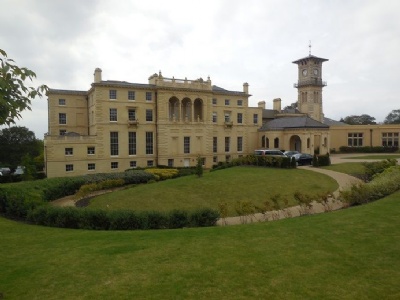
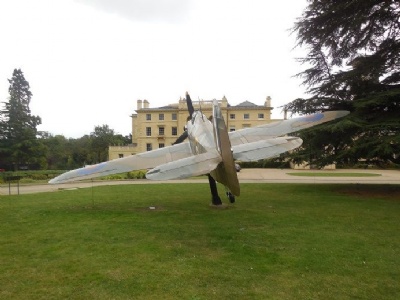
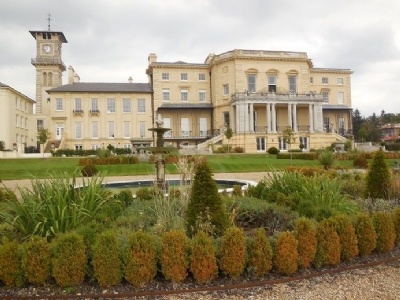
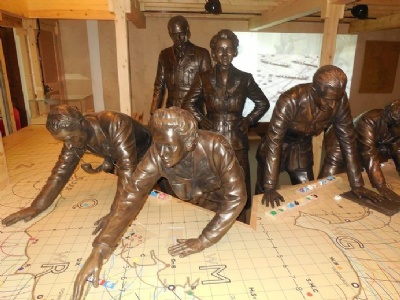

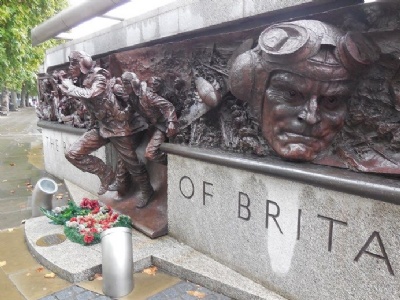
At the same time German Air Force and RAF fighting an air war, the planning and preparations for an invasion of the British mainland (operation Seelowe). An invasion that assumed the Germans had air domination. The Germans, however, had a hope that Britain would realize the futility of continued resistance and request peace negotiations before an invasion became necessary. The Germans also felt that an invasion was fraught with many difficulties and would also require enormous resources, resources that the Germans needed elsewhere.
But the RAF was not defeated and it is still doubtful if the Germans could have carried out an invasion. The British Navy (Home Fleet) was active in the English channel and was far superior the German counterpart (Kriegsmarine) and would have posed a great threat to a possible invasion armada. An invasion was therefore considered too risky and therefore Hitler decided in September 1940 to postpone the invasion indefinitely, but the bombings would continue. At the end of October 1940, the british also made the assessment that a German invasion was unlikely but that the sea and air war continued, in particular the terror bombings (Blitzen) of British cities.
The RAF remained at Bentley Priory until 2008 and since 2013 it is a museum. In addition to the battle of Britain, there is also information about mansion’s history. The operating room has been recreated with both maps and models. Unfortunately, the bunker is not there. In the early 1980s, the original bunker was replaced by a new reinforced bunker that in the wake of the Cold war was strong enough to resist a nuclear charge. When the Cold war ended, the bunker became redundant and in 2010 it was sealed and will never be opened.